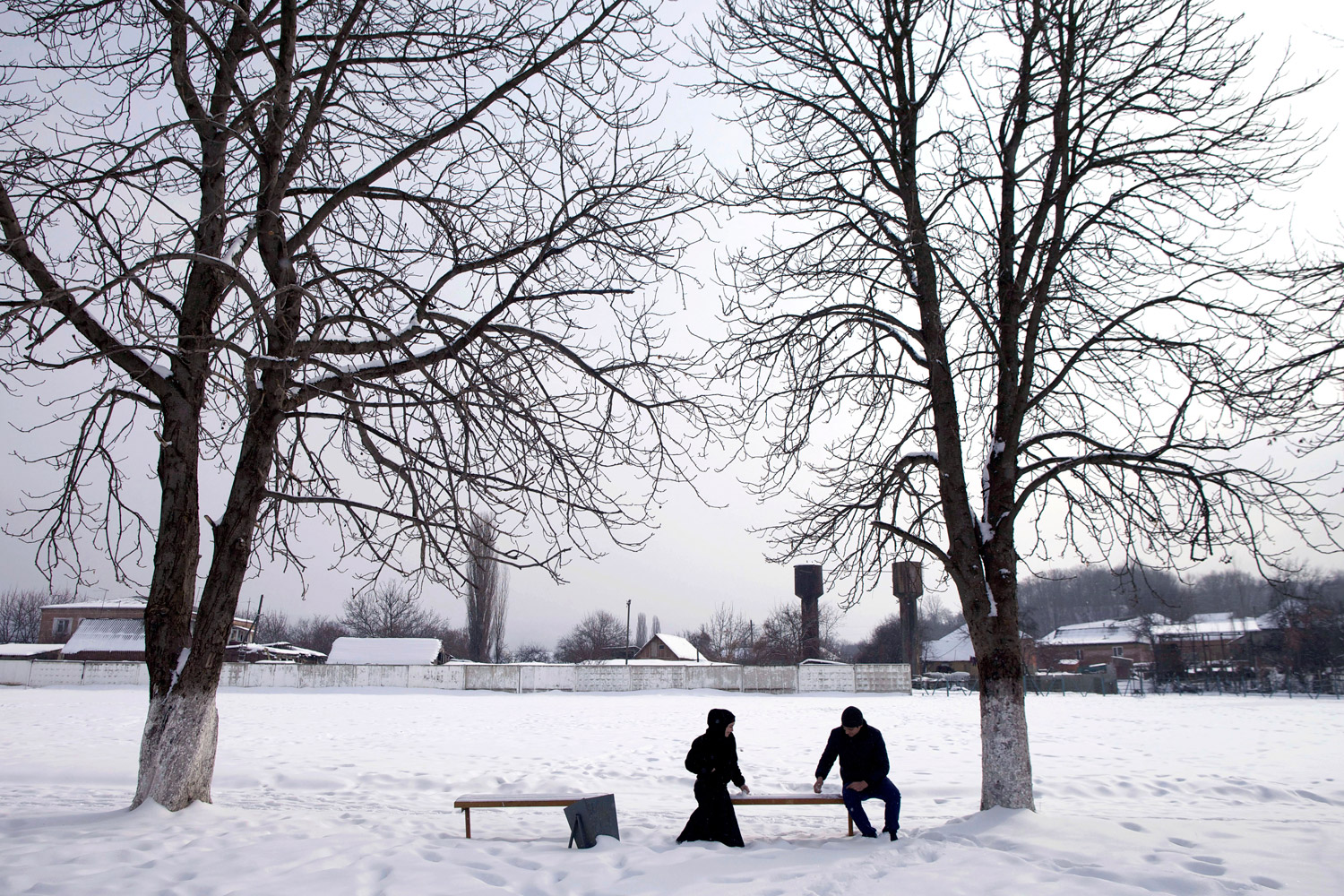
In 2010, when she was working for a news agency in Moscow, Diana Markosian asked to be sent to Chechnya. The photographer, who is Russian but studied in the United States, was 20 years old and curious about the history of the embattled region.
“They wouldn’t send me so I decided to go by myself,” she remembers. “Grozny became my destination and later became my home.”
Markosian went back repeatedly after that first visit and soon became a specialist in covering a region where, she says, many of her colleagues don’t want to go. She moved to Chechnya last November to live there full-time. But, she says, her close relationship with the area doesn’t mean that it’s not a risky place to live and work—kidnappings are frequent, she says—or that such risk does not affect her photographs. Although Russian leaders declared the region normalized and peaceful three years ago today, following more than a decade of wars against rebels, life is still fraught. They may not appear in the frames, but Chechen authorities are the unseen presence in the work shown in this gallery, a personal project through which Markosian addresses the lives of girls growing up in Chechnya.
“It’s one thing to come here for a week like I used to do. It’s another to start living here, and not only hear what these women are going through but actually experience it yourself,” she says.
Markosian says that Chechnya has experienced a wave of Islamicization since the collapse of the Soviet Union: religious dress codes are mandatory, young (and polygamous) marriages are frequent and gender roles are increasingly conservative. The president, Ramzan Kadyrov, has said publicly that women are the property of their husbands. And at the same time, high unemployment has meant that many young women who are already becoming mothers still live with their own parents.
For Markosian, this has meant that—after she was told by security officers that her belt full of lenses made her look like a suicide bomber—she carries a handbag rather than the photographer’s gear bag to which she was accustomed, and that she has gotten used to being questioned or having her photographs deleted by officers. “As a regular citizen I don’t feel danger,” she says, “but just because I’m doing something a little out of the ordinary, especially for a woman, I’m looked at more carefully.”
It has also changed her working process. Because of what she says is widespread but justified distrust, people are wary of being shown doing anything that could be perceived as unusual. Something as seemingly innocent as a photograph of a woman smoking a cigarette could have dire consequences. The fear of being different has been a particular obstacle for photographing teenagers, as their parents are worried about what might happen if their children are seen as nonconforming.
But Markosian says that, by spending weeks with her subjects before taking a single photograph, she has been able to gain the access necessary for the project. And, in doing so, she says she has found these women to be a mirror for Chechnya as a whole. “That entire idea of a generation building itself and the resilience these girls have really motivated me,” she says. “They are trying to make something of themselves at the same time that this region is trying to build after almost two decades of war.”
Diana Markosian is a photographer based in Chechnya. See more of her work here.
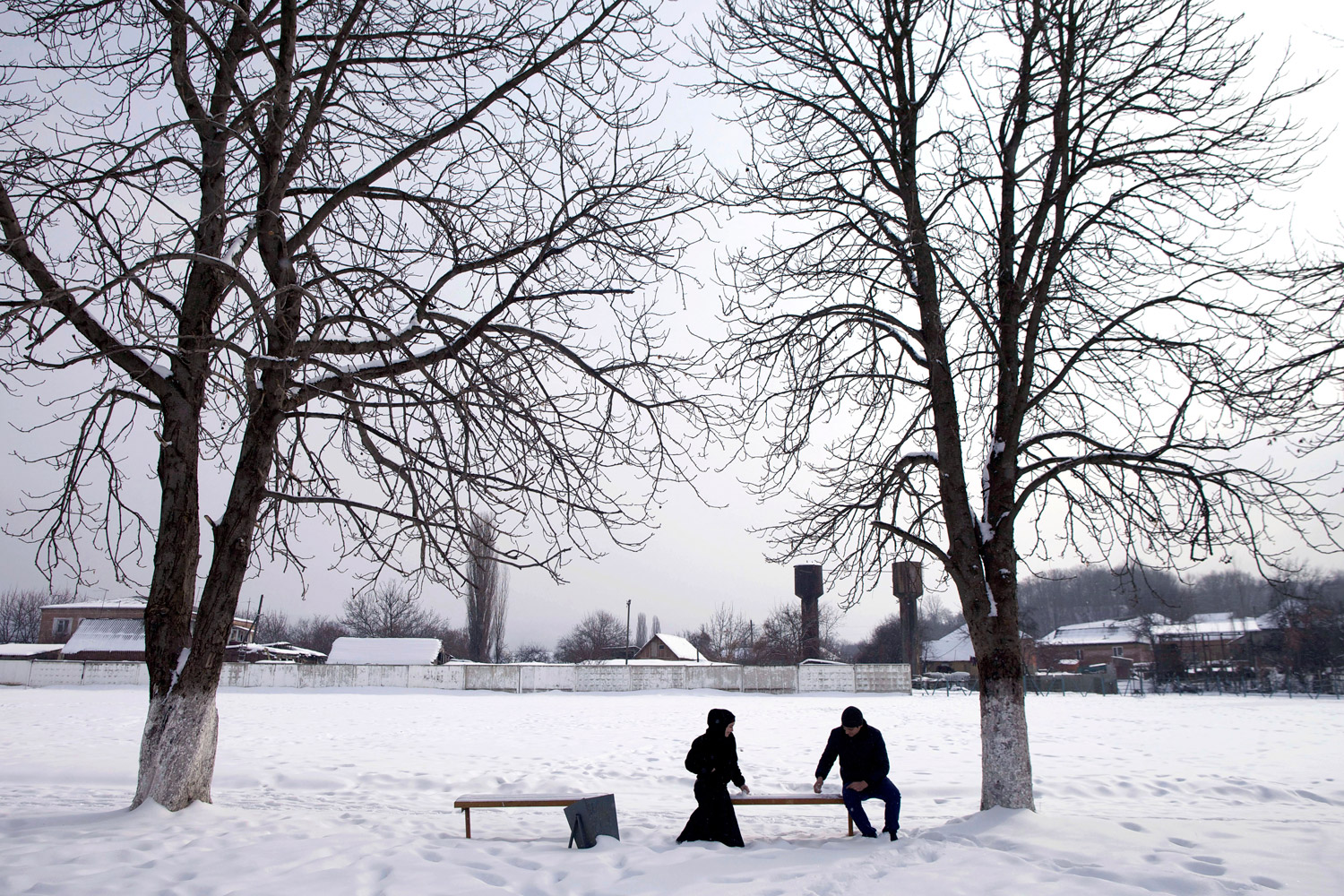

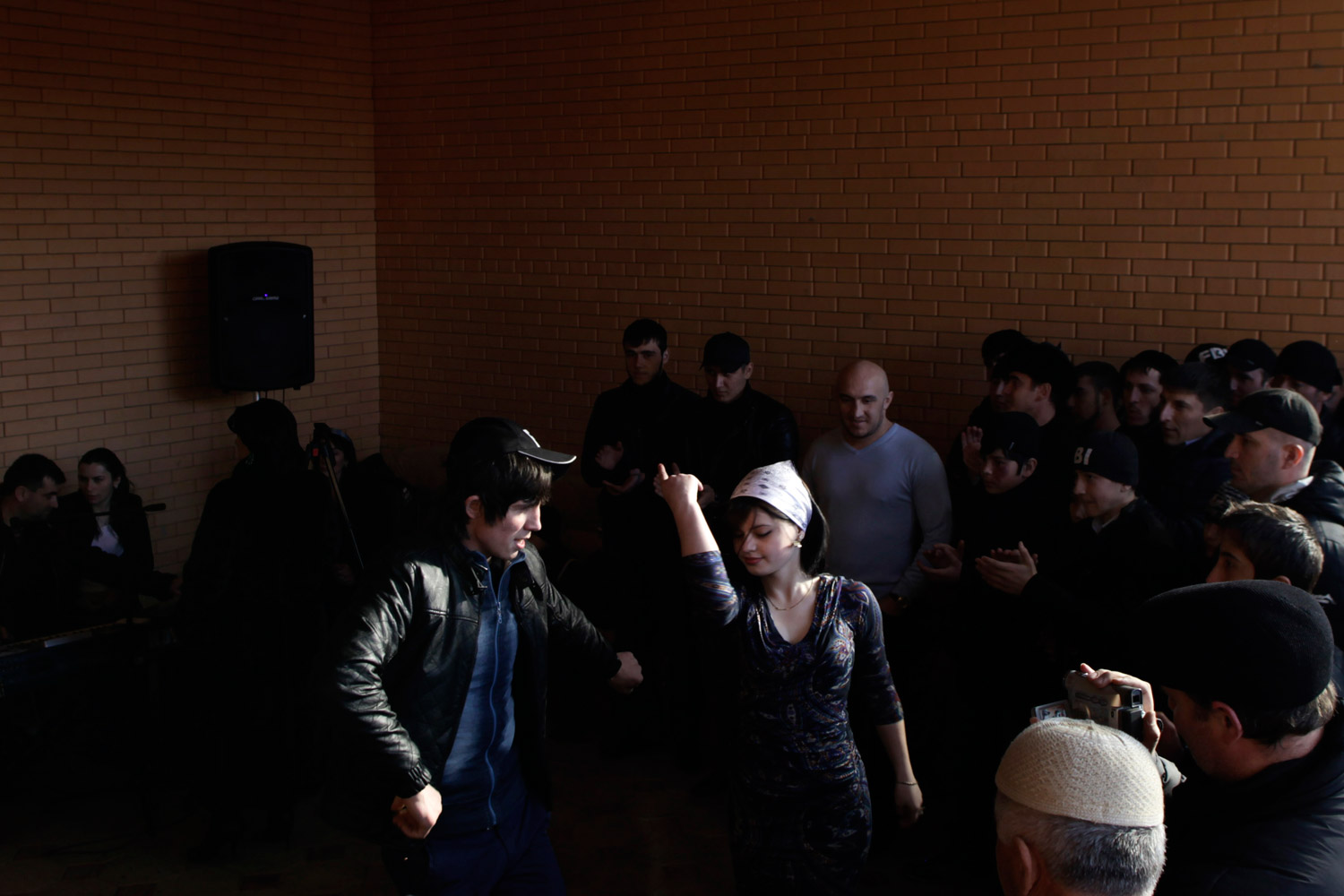
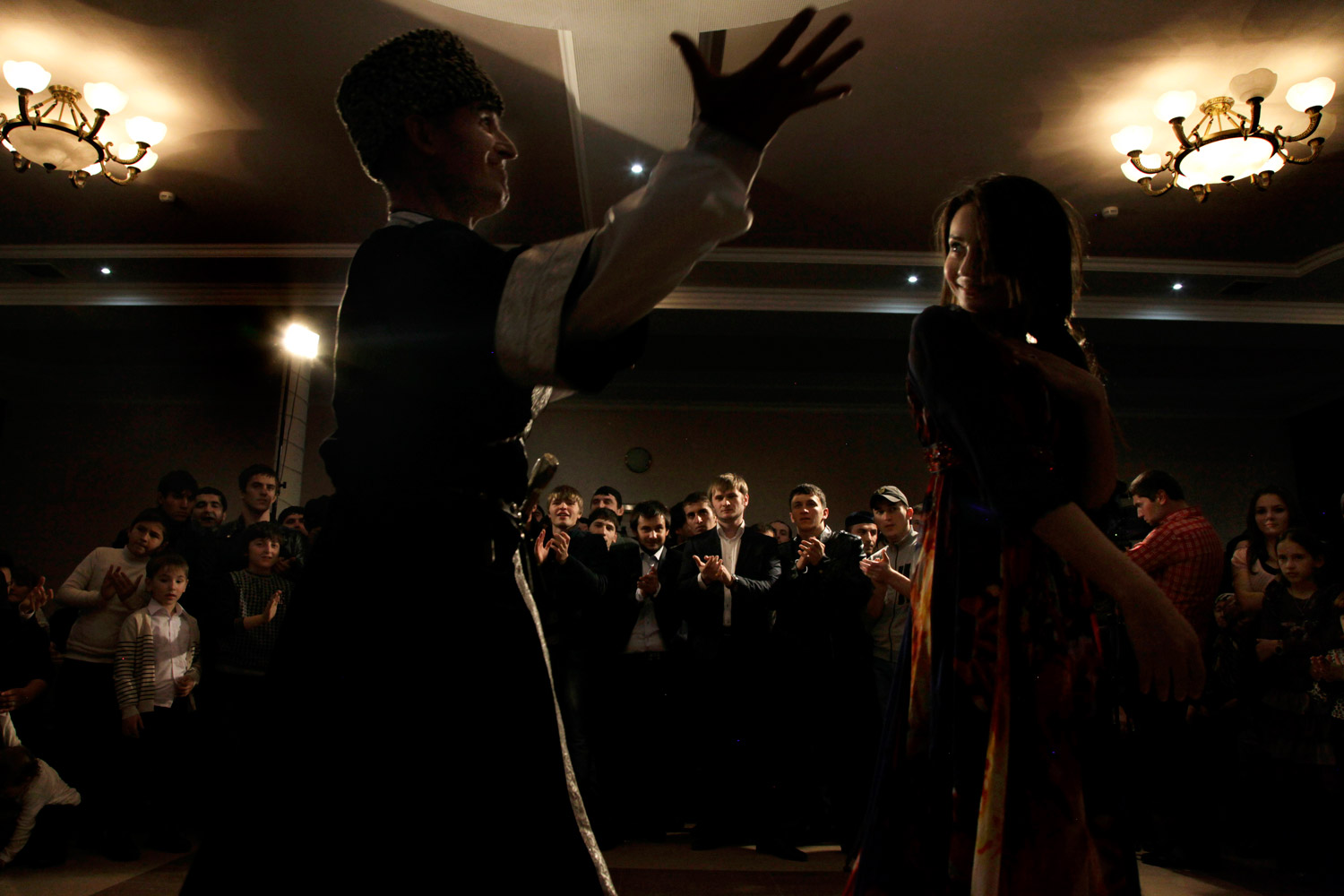
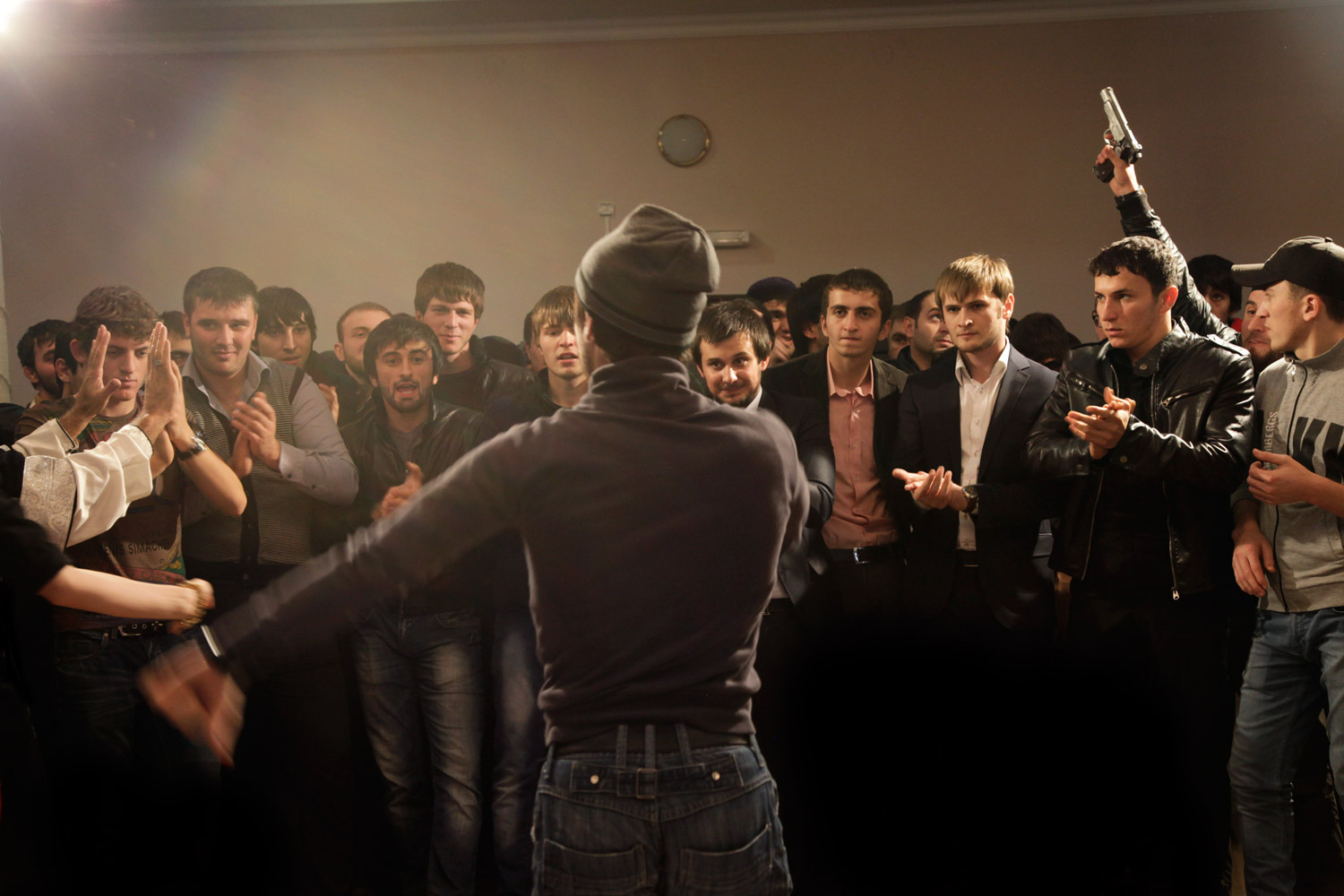
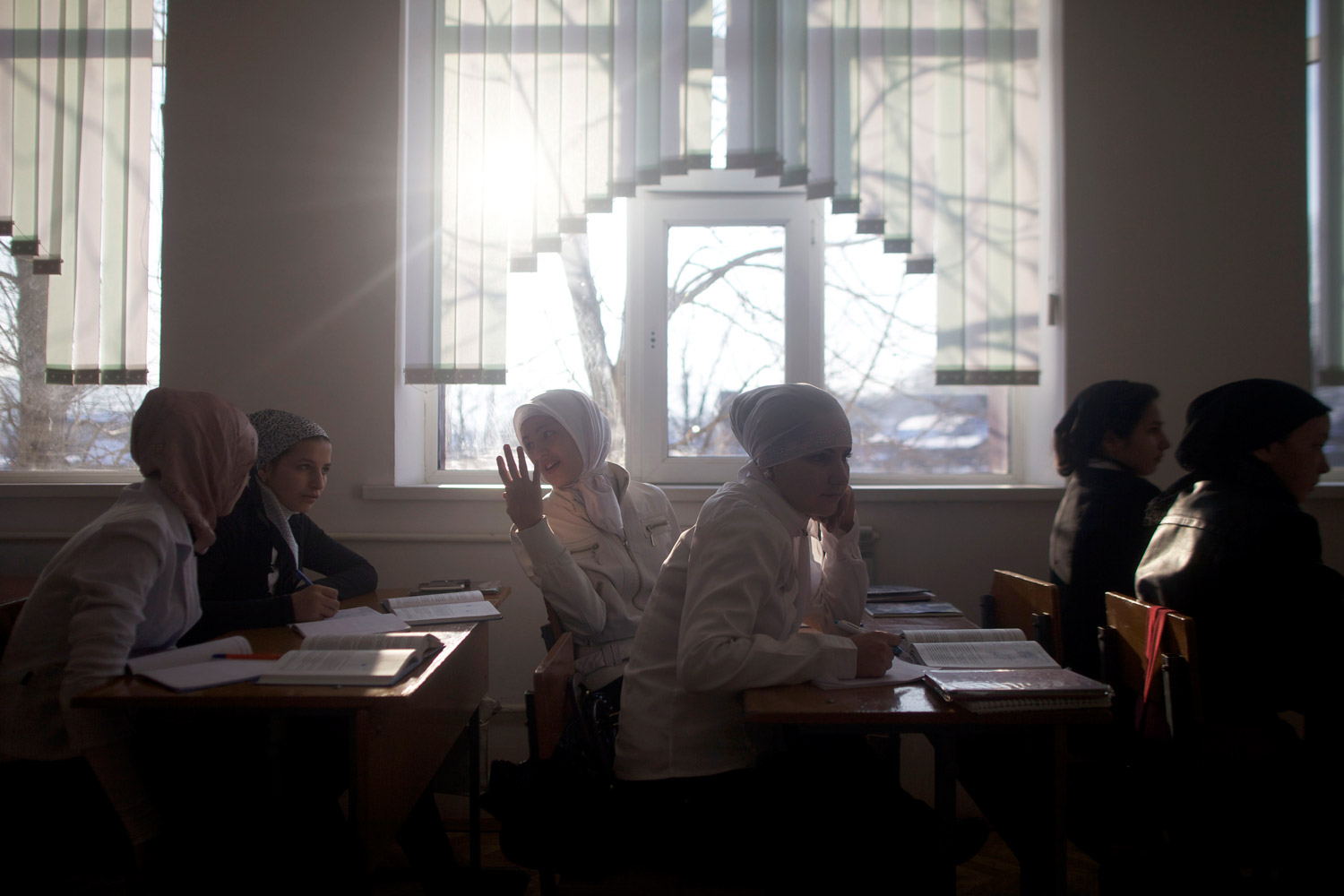
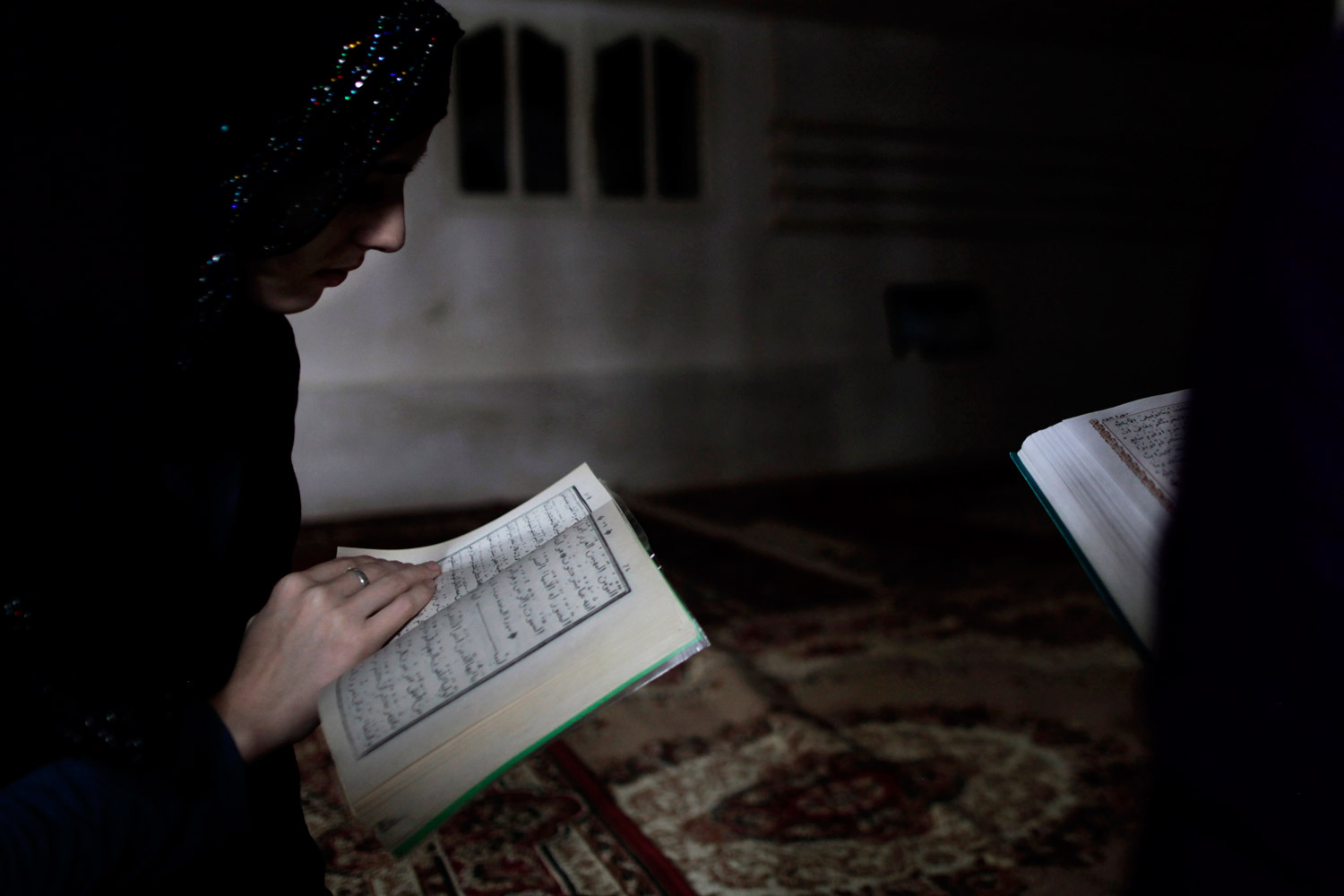
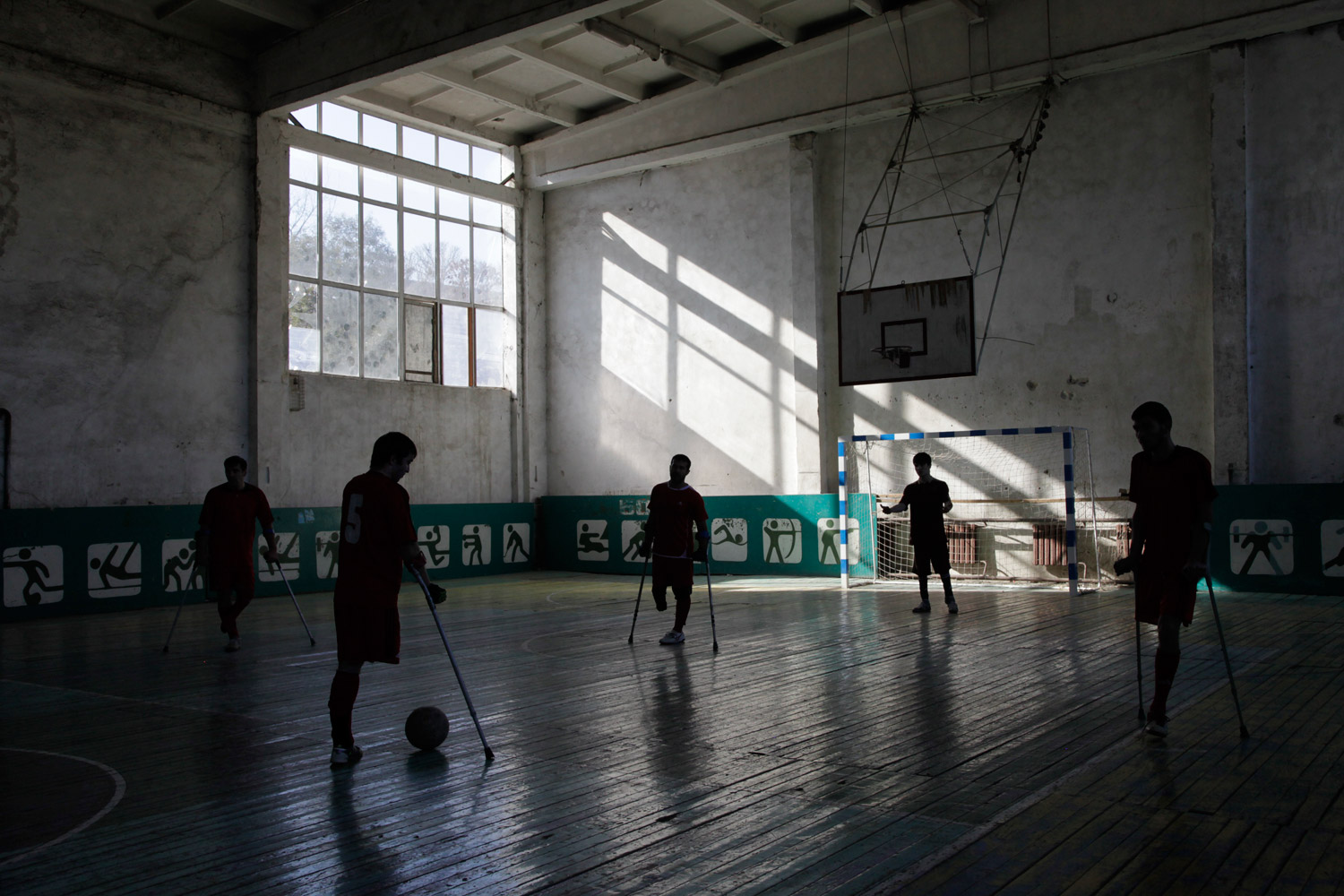
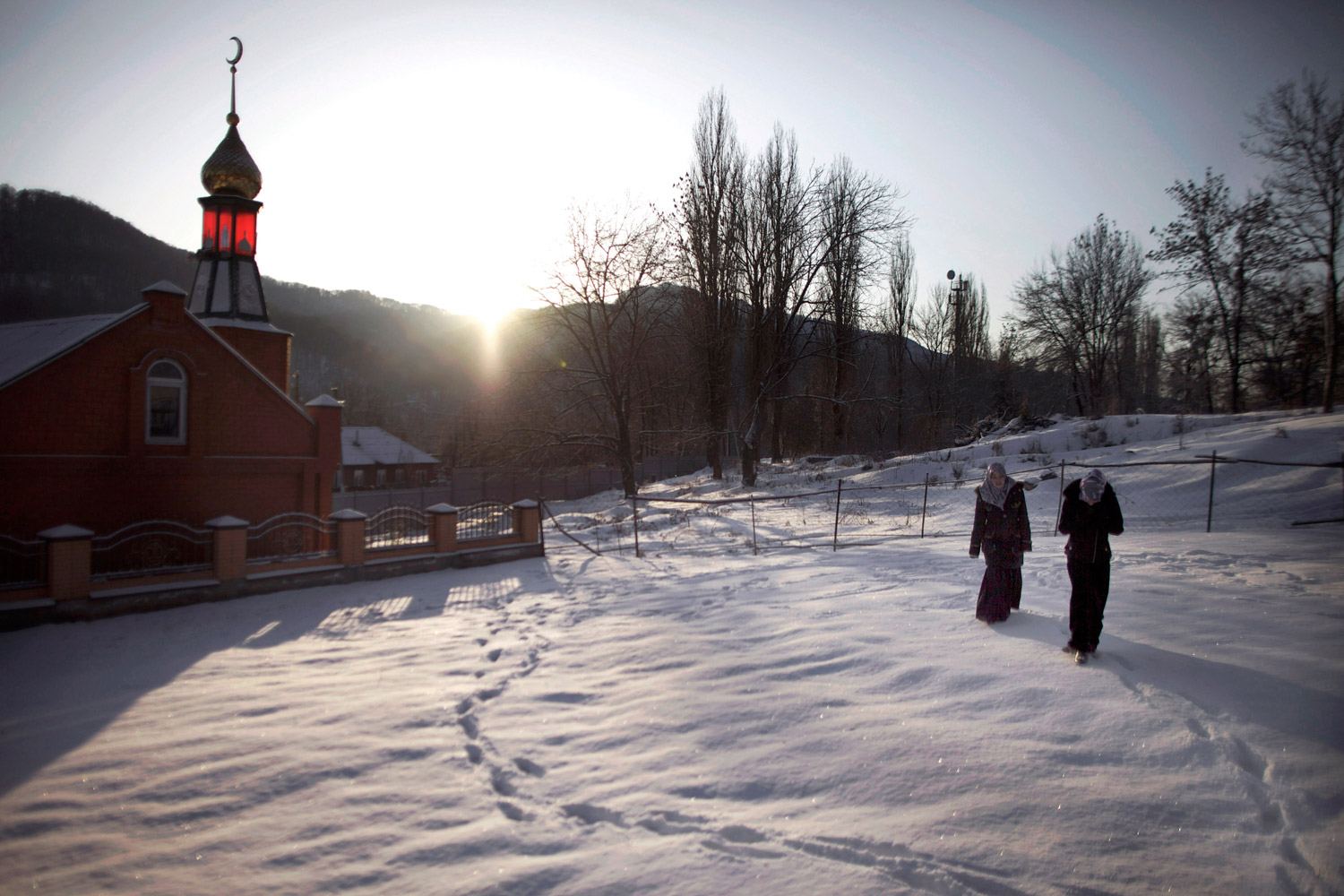
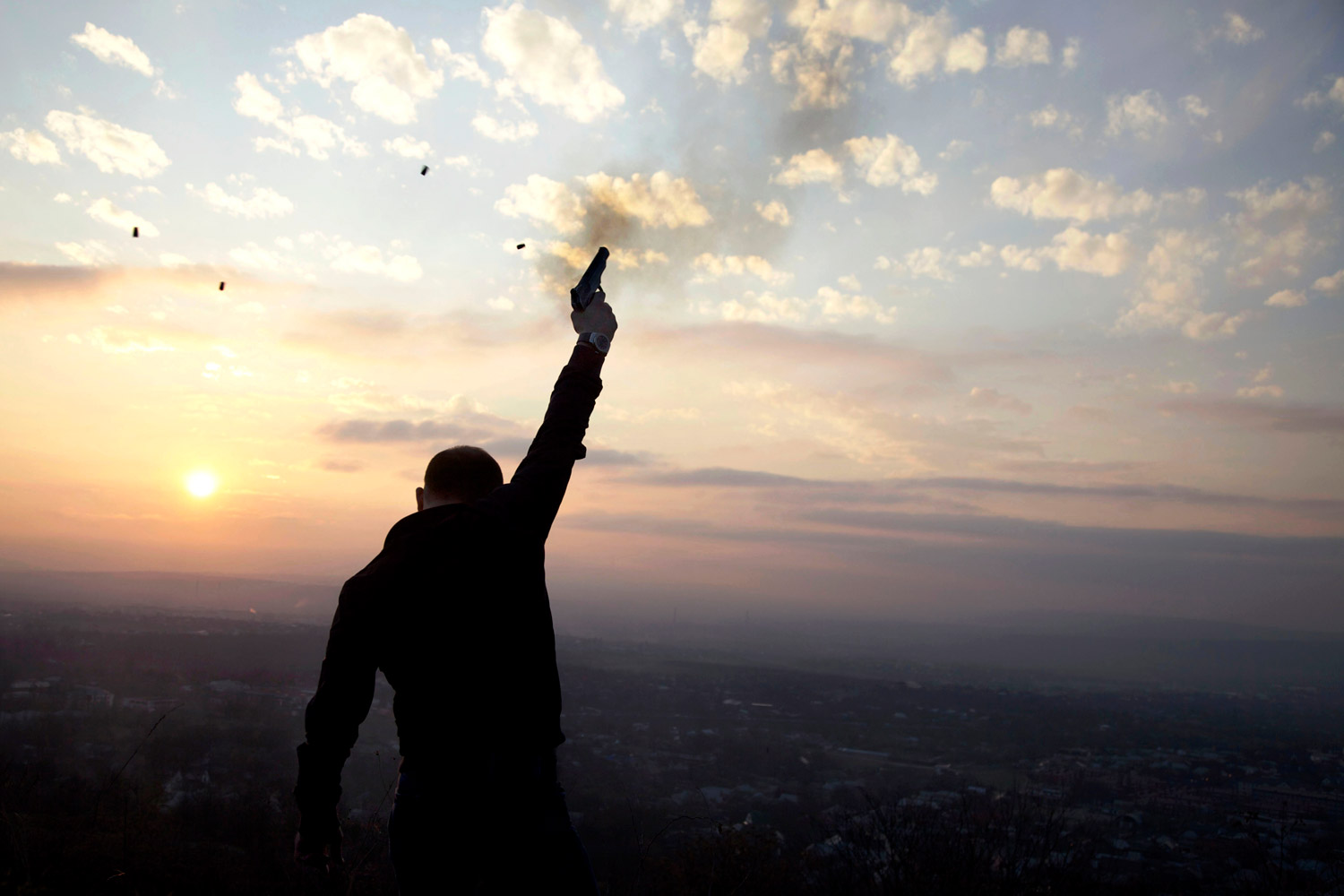
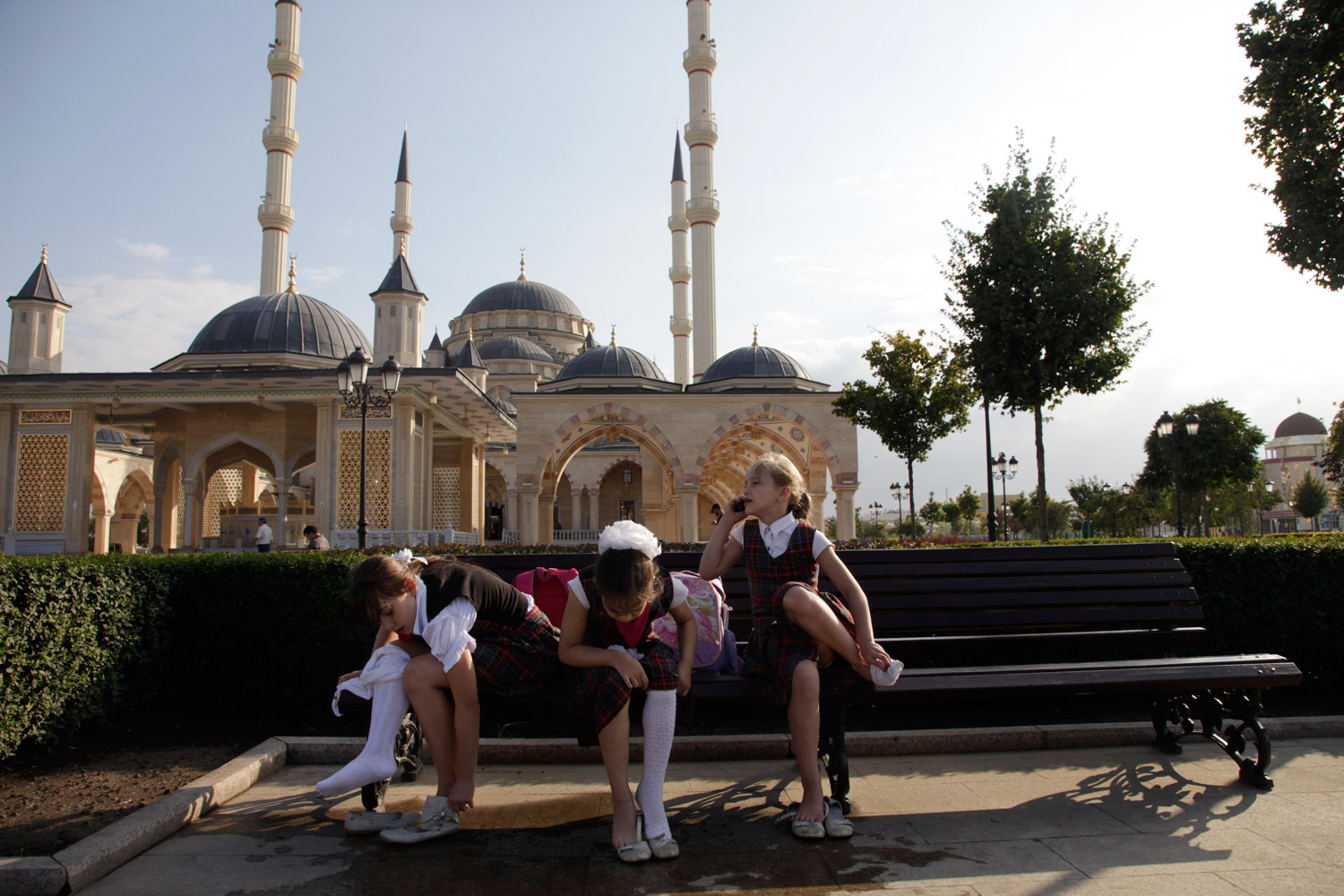

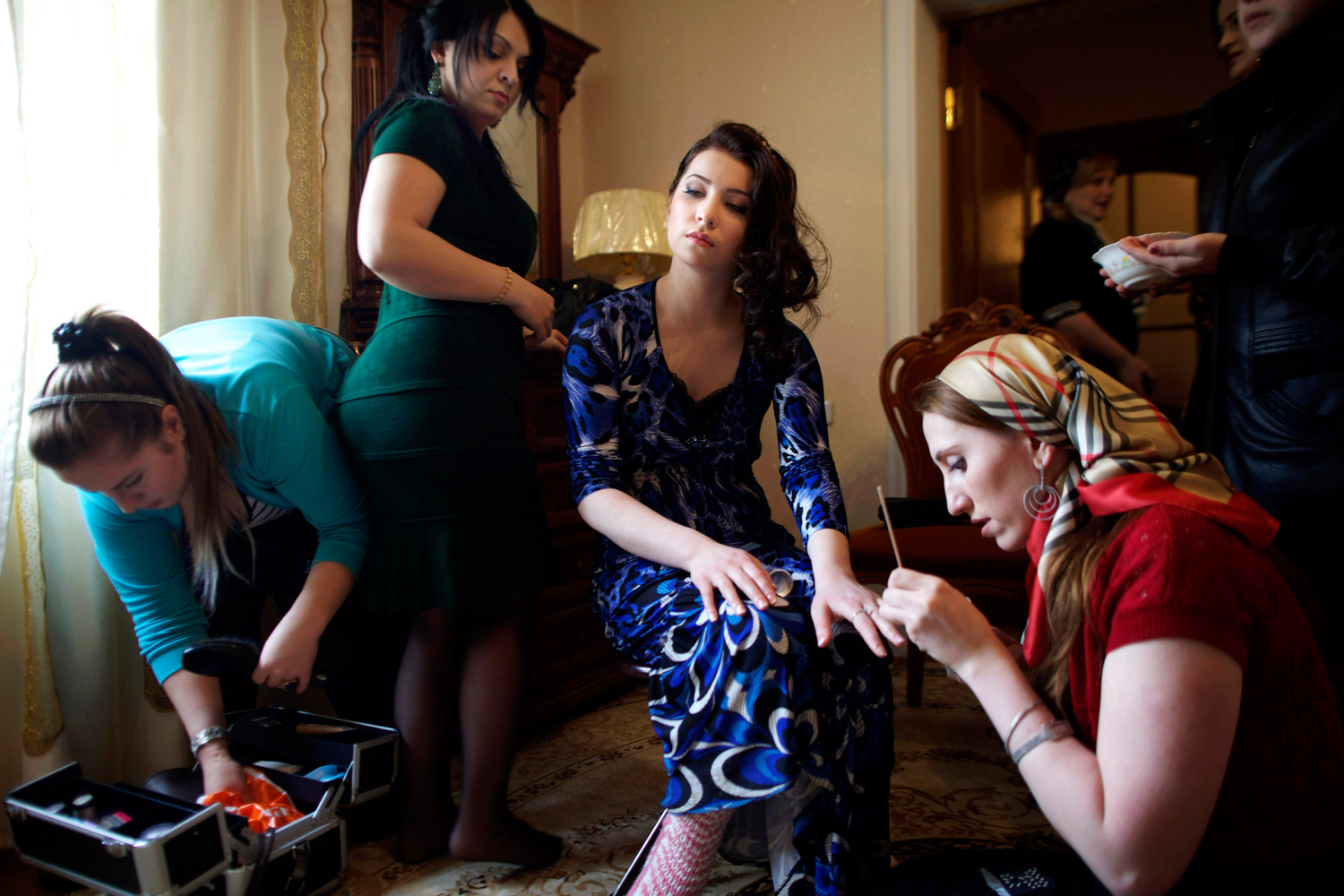
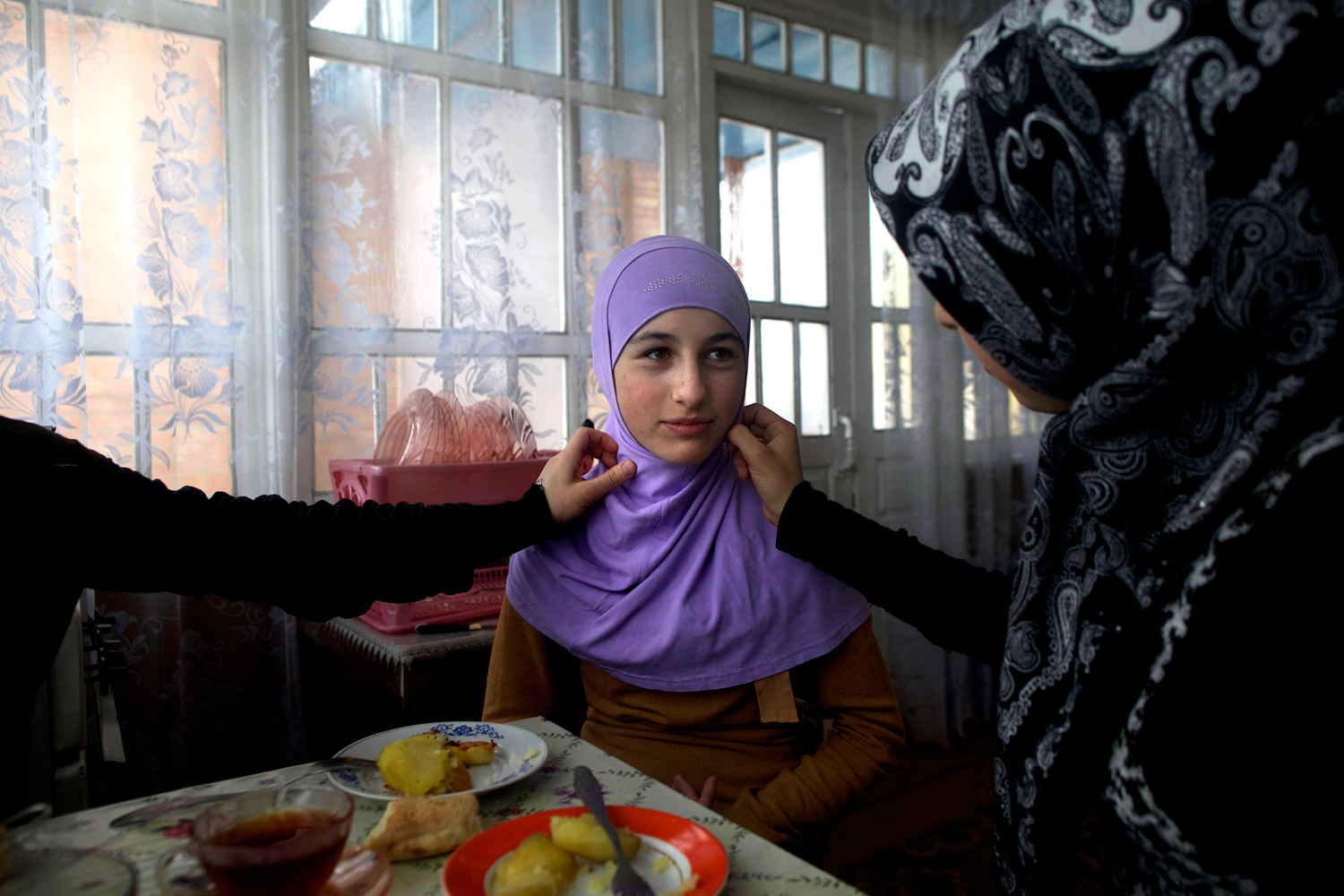
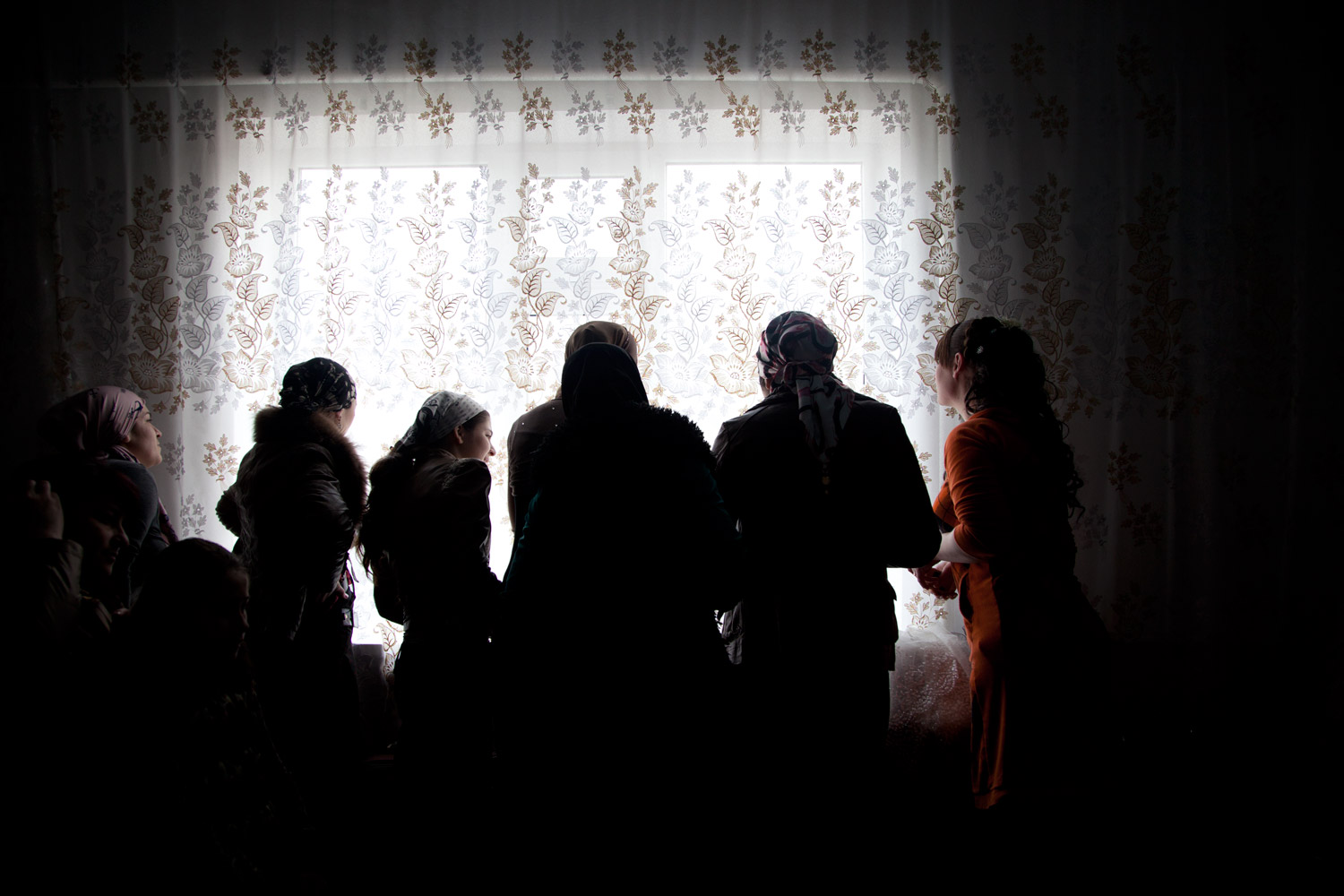
More Must-Reads from TIME
- Cybersecurity Experts Are Sounding the Alarm on DOGE
- Meet the 2025 Women of the Year
- The Harsh Truth About Disability Inclusion
- Why Do More Young Adults Have Cancer?
- Colman Domingo Leads With Radical Love
- How to Get Better at Doing Things Alone
- Michelle Zauner Stares Down the Darkness
Write to Lily Rothman at lily.rothman@time.com